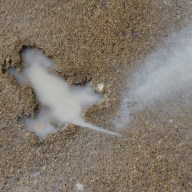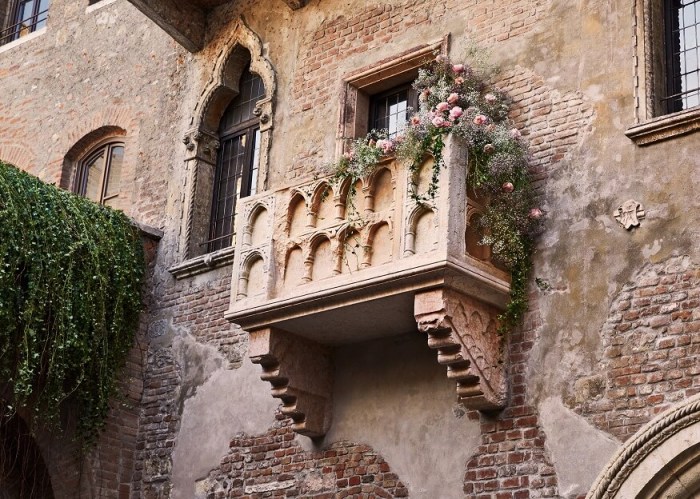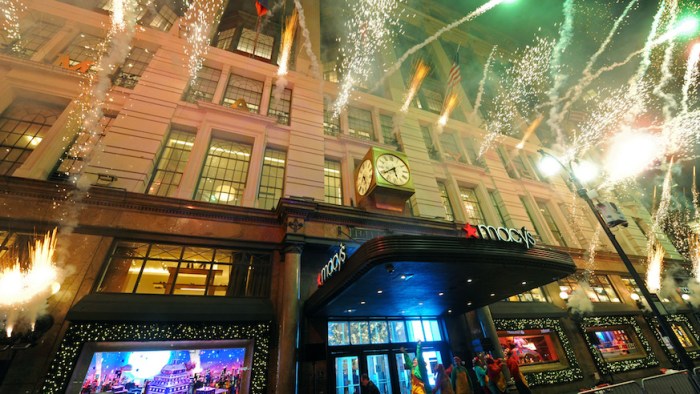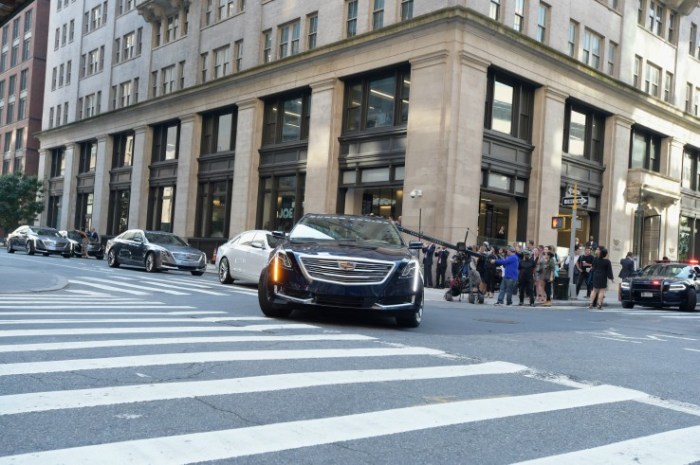For a fairly small country, Scotland packs in a lot of appeal: an exhilarating history, rich culture, jaw-dropping scenery, and great liquor, to name just a few of its charms.
While everyone is familiar with Scotland’s classic images — the ancient castle perched atop a hill, heather-covered moors, tartan-clad bagpipers, Nessie bobbing around in Loch Ness, and so on — there’s a lot more to round out your travel to-do list than just what you see on postcards. Here’s what you need to do in Scotland.
See the Northern Lights
You can potentially see the Northern Lights from almost anywhere in Scotland given the right conditions of a cloudless sky and little light pollution. But your best bets are in the northern isles of Shetland and Orkney, where they are known by the charming name “Merry Dancers.”
In the far south of the country, the 373-square-mile Galloway Forest Park is a designated dark sky park and home to the Scottish Dark Sky Observatory, where you can marvel at the wonders of the night sky through powerful telescopes.
Go Bar Hopping in Edinburgh
Edinburgh’s compact size and easy walkability makes it a great city for barflies. Luckily, the quality of its watering holes more than surpasses what you might expect for its size. Discerning cocktail tipplers should head for Bramble, which often makes an appearance on Drinks International’s World’s 50 Best Bars List, as well as its sister bars The Last Word and Lucky Liquor Co.
Whisky drinker? Try Usquabae, The Devil’s Advocate, or Bow Bar. If it’s just a few glasses of good wine you’re after, head for the classy Bon Vivant.
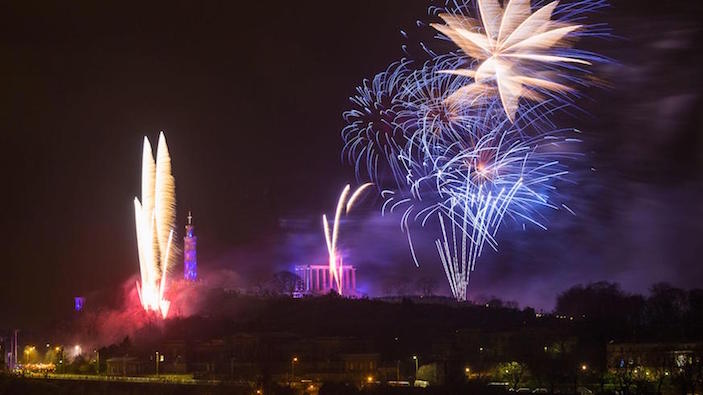
Celebrate New Year’s Twice
New Year’s Eve, or “Hogmanay” as it is known in local parlance, is Edinburgh’s biggest night of the year. In fact, Edinburgh’s Hogmanay party is one of the world’s biggest New Year celebrations, with four days of festivities — including concerts, street parties, and a fire procession — beginning Dec. 28 and culminating in the “Loony Dook,” (a costumed dip in the freezing waters of the Firth of Forth) on Jan. 1, followed by a much-needed holiday on January 2.
If four days of New Year celebrations are not quite enough for you, head north to the Shetland island of Foula to do it all again, albeit on a significantly smaller scale. The island still adheres to the Julian calendar and celebrates New Year (“Newerday”) on Jan. 13.
See Seabirds
Fair Isle is not just for knitters and fashionistas, it’s also one of the best places in Europe to see rare migratory birds in spring and fall, as well thousands of seabirds — including puffins, razorbills, and arctic terns — in summer. A visit to Noss Nature Reserve, also in Shetland, offers the opportunity to see the spectacle of tens of thousands of gannets diving at close proximity, while the huge sea cliffs of Hermaness Nature Reserve on Unst, the most northerly of Shetland’s islands, are the summertime home to puffins, great skuas, gannets, fulmars, and shags.
Off the northeast coast of the mainland, the tiny Isle of May is known for its dense puffin colony, while Bass Rock is home to the world’s largest colony of northern gannets.
Buy a Real Fair Isle Jumper and Harris Tweed
The colorfully patterned knitting technique known as Fair Isle, worn by everyone from fashion models to polar explorers, was born on the island of the same name. Scotland’s most remotely inhabited island, Fair Isle, is located halfway between Shetland and Orkney and home to a population of around 55. Only a few commercial knitters work on the island today, so if you want to purchase an authentic made-to-measure Fair Isle sweater actually made on Fair Isle, you’ll likely have to add your name to a waiting list. Warm and durable, the jumpers are well worth the wait.
Discover another element of Scotland’s traditional textile history on the island of Lewis and Harris in the Outer Hebrides, where Harris Tweed is still woven by hand. Only tweed made on the island is allowed to call itself Harris Tweed and you can go directly to the source at the shop in the town of Tarbert.
See a Graffiti-Covered Castle
Just south of Largs, the 13th-century Kelburn Castle is distinctly different to the many other castles you’ll likely come across on your trip through Scotland. Seat of the Earl of Glasgow, the castle’s concrete facing was in need of replacing a decade ago and so, at the suggestion of his children, the Earl invited four Brazilian street artists—Nunca, Nina Pandolfo, and the twin duo Os Gêmeos—to paint its walls. The result is a vibrant façade decorated with abstract characters and bright colors.
Explore the Country’s Viking Heritage
The northern isles of Shetland and Orkney were part of the Kingdom of Norway from the early days of Viking colonization in the 9th century until 1492, when they were pawned to Scotland by Christian I, King of Norway, in lieu of a dowry for his daughter, Margaret.
In Shetland, the archaeological site of Jarlshof has the most extensive visible Viking settlement remains in the U.K., as well as ruins from the Bronze, Iron, and Pictish eras. Kirkwall, the capital of Orkney, was first mentioned in the Orkneyinga Saga and is home to the magnificent red sandstone building of St Magnus Cathedral, built under Norse rule for Magnus Erlendsson, Earl of Orkney, whose martyrdom is recounted in the aforementioned Icelandic saga.
The last battle between the Norwegian and Scottish armies took place in Largs in 1263. The quaint seaside town commemorates this event with the annual Largs Viking Festival.
See Stone Age Sites
On Orkney’s main island, the Heart of Neolithic Orkney, a UNESCO World Heritage Site, is home to several major historical sites, including some of the oldest buildings in the world. This site includes Maeshowe, a large chambered burial tomb aligned to capture the sun’s rays on the winter solstice; two ceremonial stone circles (the Ring of Brodgar and Stones of Stenness, which date from between 2500 – 2000 B.C.), and Skara Brae, the most complete Neolithic village visible in Europe.
In the middle of the site, though not officially part of it, the Ness of Brodgar is a 6.2-acre archaeological site whose significance is unparalleled in Europe. The Neolithic temple complex is currently being excavated by scientists keen to discover the wonders left behind by the ancient people who built it, long before the Egyptian pyramids.
Catch a Fire Festival
Scotland gets pretty chilly in the winter but you can warm up while experiencing a few, occasionally bizarre, traditions at its many fire festivals. On Hogmanay, revelers march through the streets of Stonehaven on the northeast coast, swinging 16-pound balls of fire, while, at the Comrie Flambeaux in the southern Highlands, long birch poles are set on fire and paraded through the streets.
Perhaps Scotland’s most famous fire festival, Shetland’s Up Helly-Aa takes place throughout the islands in the last week of January and sees a giant Viking ship set on fire to mark the end of winter. In late April, body-painted dancers frolic among flames atop Edinburgh’s Calton Hill at Beltane, a pagan celebration of the approach of summer.
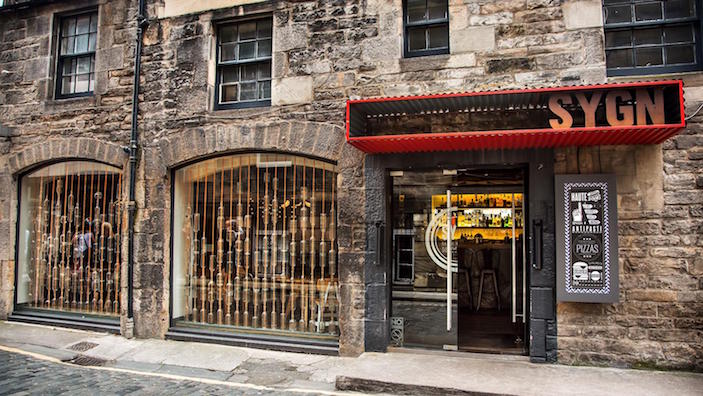
Go Whisky Tasting and Gin Tasting
Few would visit Scotland without sampling some of the country’s most famous export. You can visit whisky distilleries up and down the country—throughout the five whisky-producing regions of Campbeltown, Highland, Islay, Lowland, and Speyside—but Islay has the attraction of eight active distilleries all on one island (it may be a good idea to spread your tastings out over a few days).
You might come for the whisky, but you’ll be just as likely to find locals sipping a gin and tonic as a Scotch nowadays. Scotland’s gin scene is booming, with dozens of new distilleries—from Shetland in the north to North Berwick in the south—opening up over the past few years. Handily, there is a dedicated gin trail you can follow so that you don’t miss out on any.
See Culloden Battlefield
The final Jacobite uprising, in which “Bonnie Prince” Charles Edward Stuart attempted to reclaim the British throne, was decisively and brutally crushed in 1746 at Culloden in the Highlands. It was the last battle fought on British soil. Those with an interest in this bleak and bloody period in Scottish history, which led to the decimation of Gaelic culture as the British monarchy methodically and cruelly worked to tame and empty the Highlands, can walk the battlefield and explore the collection of artifacts held at the Culloden Visitor Centre, 15 minutes from Inverness.
Take the “Harry Potter Train”
You can recreate a close approximation of famous scenes from several Harry Potter movies—in which the Hogwarts Express was depicted traveling over the 21-arch Glenfinnan Viaduct in the Highlands—by booking a journey on The Jacobite. This vintage steam train travels a scenic 41 miles from Fort William to Mallaig with stops for photo opportunities—of surrounding lochs and mountains, as well as the Glenfinnan Monument, a memorial to the Jacobite uprising—along the way.
Discover the Country’s History at the National Museum of Scotland
From Bonnie Prince Charlie’s picnic utensils to a Viking chess set and the stuffed remains of a cloned sheep, the National Museum of Scotland is home to a huge collection of historic artifacts. And it’s free. After you have explored the galleries, head up to the rooftop terrace for panoramic views of the medieval streets of Old Town and Edinburgh Castle away from the crowds.
Admire the Works of Charles Rennie Mackintosh
Glasgow has produced many an internationally acclaimed artist, including five Turner Prize winners. But the one who has left the most obvious mark on the city is the architect, designer, and artist Charles Rennie Mackintosh. Influenced by Japanese design and early modernism and distinguished by its use of floral decorative motifs and strong angles, Mackintosh’s work can be seen at the Glasgow School of Art, Lighthouse, Willow Tea Rooms, and House for an Art Lover. In 2018 Glasgow will celebrate the 150th anniversary of its beloved artist with events throughout the city, including a major exhibition at the Kelvingrove Art Gallery and Museum.
Sleep in a Lighthouse
In 1998, Scotland’s final manned lighthouse on Fair Isle was automated, and the last lighthouse keeper departed. Now a few of those empty beacons are available for much shorter stays for lighthouse enthusiast travelers. On Fair Isle, the aforementioned South Lighthouse offers nightly rates that include all meals. In the Highlands, you can book self-catering accommodations at Stoer Lighthouse, or a bed and breakfast at Rua Reidh. On the northeast coast, the cottages at Covesea Lighthouse are a good option for traveling groups.
Take a Long Distance Hike
If you bring your walking boots—and clear your calendar—you can fully immerse yourself into the Scottish landscape by embarking on a week-long (or more) hike through the countryside. The 93-mile West Highland Way offers a greatest hits collection of some of Scotland’s best wild scenery, taking in Loch Lomond, Rannoch Moor, Glencoe and Glen Nevis. You can follow in the great Scottish-born naturalist’s footsteps by following the 134-mile John Muir Way from Helensburgh in the west to Dunbar on the east coast. The truly adventurous can try tackling the staggering Cape Wrath Trail, an unofficial and unmarked route that travels 205 miles through some of Scotland’s most remote areas and toughest terrain, finishing up at the wild Cape Wrath, the most northwesterly point in Britain.
Visit the Haunting Valley of Glen Coe
Surrounded by mountains, the ancient pass through the valley of Glen Coe is imbued with history and tragedy—it was here in 1692 that 38 members of the MacDonald clan were treacherously murdered by their own guests. Nevertheless, the valley today is more closely associated with its opportunities for hiking and mountain climbing, the nearby ski center, and its appearance in several movies, most memorably the James Bond film, Skyfall.
Drink at Britain’s Most Remote Pub
If you fancy a drink at The Old Forge on the Knoydart peninsula, on the northwest coast, you’ll need to plan accordingly. The only way to reach Britain’s most remote pub is by a boat from Mallaig or an 18-mile hike. You’ll likely be glad you made the trip, though, when you settle into a cozy chair to enjoy freshly caught seafood, real ales, whiskies, and live music.
Do the Edinburgh Festival
What is often referred to as the Edinburgh Festival is actually a collection of several different festivals—including the Fringe, book, and art festivals—all taking place around the same time in August. The result is an exciting period to visit the Scottish capital, but also a very busy one (good luck trying to find a reasonably priced hotel room).
But you don’t have to tackle the main event to get a taste of Edinburgh’s cultural scene. There are some smaller arts festivals throughout the year that are just as worthy of your time. In late May, the Hidden Door festival re-energizes abandoned buildings with art, film, and music. In June, Leith Late offers a program of cultural events throughout the buzzing Leith district.
Attend a Session at the Scottish Parliament
Scottish politics have been especially lively over the past few years, so get a close-up view of the action by taking a (free but ticketed) seat in the Debating Chambers’ public gallery inside parliament. Having ceased to exist in 1707 when the Treaty of the Union united the kingdoms of Scotland and England, parliament returned to Scotland in 1999, the result of a successful referendum on devolved rule. The new Scottish Parliament Building opened in 2004 and visitors can take a free tour to see the rooms, architecture, and public artworks.
Sun Yourself on a Beautiful Beach
On a sunny day, the white sands and clear waters of some of Scotland’s best beaches might have you thinking you’ve taken a trip to the Caribbean rather than northern Europe. Arguably the best is Luskentyre on Harris in the Outer Hebrides. You can enjoy the soft sand and (if it’s particularly warm or you are particularly brave) the azure waters while spotting seals and wild ponies.
Visit Iona Abbey or Go On a Retreat on Holy Isle
If, at the end of a trip full of journeying, boozing, and exploring, you are in need of some reflective time, the island of Iona, in the Inner Hebrides, is a site of great spiritual significance and a tranquil spot to spend a day or two. Named (in Gaelic) for Saint Columba, the island was the birthplace of Christianity in Scotland and still a site of pilgrimage today. The medieval Iona Abbey holds daily services and its grounds are the burial place of 48 kings of Scotland, including Macbeth.
Little Holy Isle, in the Firth of Clyde, has a similarly distinguished history as a sacred site. Today, it is owned by the Samyé Ling Buddhist community who run regular retreats.






